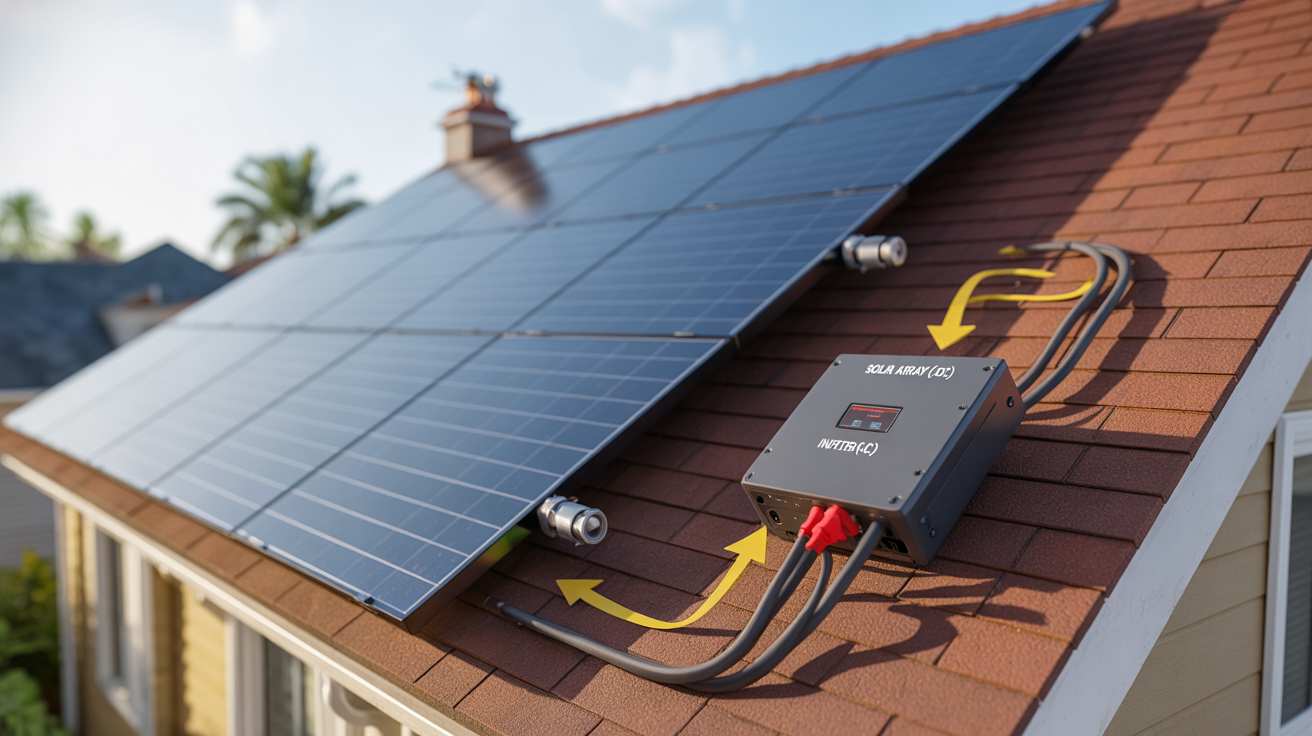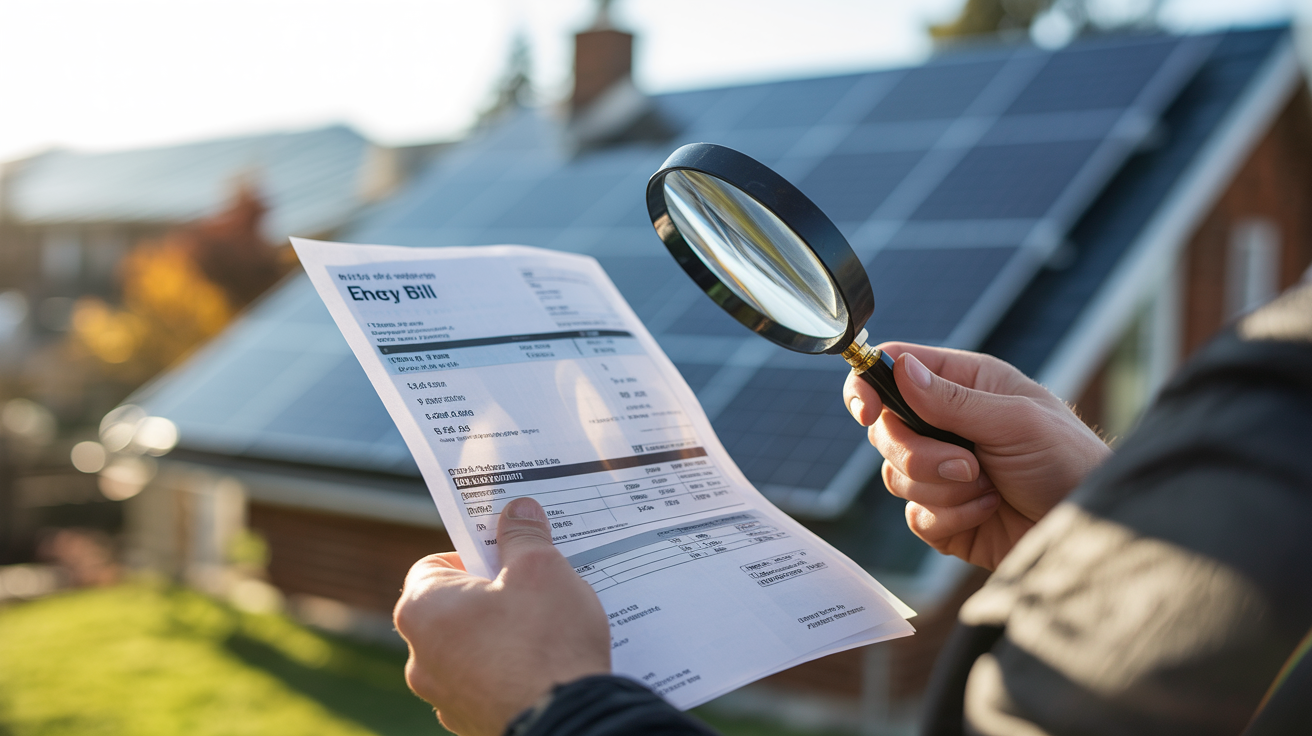Embarking on a solar energy journey for your home or business is a significant step towards sustainability and energy independence. A common misconception often arises when considering solar system size: the belief that installing the largest possible system guarantees the best results. This perspective often overlooks critical factors that determine a solar system’s true efficiency and economic viability. You will discover why precise solar sizing is paramount, ensuring your investment delivers maximum value without unnecessary costs or diminished performance.
Understanding Your Energy Needs

The foundation of an optimally sized solar system begins with a thorough understanding of your current and future energy consumption. You need to estimate the array capacity from your usage, rather than guessing. Accurately assessing your electricity needs ensures your solar setup can reliably meet your demands.
Assessing Current Electricity Consumption
Begin by reviewing your past electricity bills, typically covering 12 to 24 months. This historical data provides a clear picture of your average daily and monthly energy usage, measured in kilowatt-hours (kWh). Pay attention to seasonal variations; your energy consumption likely differs significantly between summer and winter due to heating, cooling, or other seasonal appliances. Understanding these patterns helps you predict the solar energy capacity required throughout the year.
Considering Future Energy Demands
Your solar system is a long-term investment. Consider any potential changes in your energy consumption patterns over the next 5 to 10 years. Are you planning to purchase an electric vehicle, install a hot tub, or add new energy-intensive appliances? Factoring in these future needs prevents undersizing your solar panels and ensures your system remains adequate as your lifestyle evolves. An undersized solar system may not cover your full electricity consumption, leaving you reliant on grid power more often than desired.
The Components of a Solar System and Their Sizing Impact
A solar energy system consists of several key components, each playing a vital role in its overall performance and requiring careful consideration during the sizing process.
Solar Panels: Wattage and Efficiency
Solar panels convert sunlight into direct current (DC) electricity. Their wattage indicates their power output under standard test conditions, while efficiency refers to how effectively they convert sunlight into electricity. Higher efficiency panels can produce more power from a smaller area. However, simply choosing the highest wattage panels is not enough. The total solar energy capacity of your array depends on the number of panels, their individual wattage, and how they perform in your specific climate and orientation.
Inverters: Matching Panel Output
Solar inverters convert the DC electricity produced by your panels into alternating current (AC) electricity, which is usable by your home or business and compatible with the utility grid. Matching the inverter's capacity to your solar array's output is critical. Historically, AC and DC capacities in most PV systems were similar, but recent developments in PV system sizing show these values can now differ by up to 40%, particularly in utility-scale installations. An undersized inverter can limit your system's output, while an oversized one might operate inefficiently or add unnecessary cost. Hybrid inverters, often integrated into comprehensive energy storage systems, offer versatility by managing both solar production and battery charging.
Battery Storage: Crucial for Energy Independence
Integrating battery storage allows you to store excess solar energy generated during the day for use at night or during periods of low sunlight. This significantly enhances your energy independence and resilience. For instance, the "duck chart" illustrates how photovoltaic (PV) systems can significantly modify daytime electricity demand, but the evening peak demand remains largely unchanged without other measures like demand-side management. This highlights the need for reliable storage. Our high-performance, safe, and reliable lithium iron phosphate (LiFePO4) batteries are specifically designed for this purpose. They form the core of our home energy storage systems, which integrate batteries, hybrid inverters, and solar panels, providing a complete solution for managing your energy flow effectively.
The Pitfalls of Oversizing and Undersizing
Achieving the right solar system size is about balance. Both oversizing and undersizing can lead to inefficiencies and financial drawbacks.
Oversizing: Costs and Risks
While the idea of having "more" power might seem appealing, oversizing your solar system can be detrimental. It involves additional costs for collectors and storage capacities that may not be justifiable. Moreover, oversizing increases the risk of overheating, which could damage the collectors. You pay for capacity you do not use, leading to a longer payback period for your investment. Excess energy generated may be sent back to the grid, but compensation rates often do not match retail electricity prices, diminishing the financial benefit.
Consider the following comparison:
| Aspect | Correctly Sized System | Oversized System |
|---|---|---|
| Initial Cost | Optimized for needs | Higher than necessary |
| Efficiency | High, matches consumption | Potentially lower due to unused capacity |
| Payback Period | Shorter, faster ROI | Longer, slower ROI |
| Risk of Damage | Minimal, stable operation | Increased risk of overheating |
| Grid Interaction | Balanced, minimal export waste | Excessive export, lower compensation |
Undersizing: Not Meeting Energy Needs
Conversely, an undersized solar system will fail to meet your household or business energy demands, forcing you to draw more electricity from the grid than anticipated. This negates some of the financial and environmental benefits of going solar. You will still see reduced electricity bills, but the full potential for energy independence will not be realized. Finding the "sweet spot" ensures your system produces enough power to cover your needs without unnecessary excess.
Factors Influencing Optimal Solar Sizing
Several environmental and logistical factors influence the optimal size of your solar system.
Geographic Location and Sunlight Hours
The amount of direct sunlight your property receives throughout the year is a primary determinant. Regions with abundant sunshine naturally require fewer panels to generate the same amount of electricity compared to areas with more cloud cover or shorter daylight hours. Your local solar insolation data provides crucial insights into this factor.
Roof Space and Orientation
The available roof space dictates the maximum number of panels you can install. The orientation of your roof (e.g., south-facing in the Northern Hemisphere) and its tilt angle significantly impact the efficiency of energy capture. Shading from trees, chimneys, or neighboring buildings also reduces solar panel output, requiring adjustments to the system size or placement.
Local Regulations and Incentives
Local building codes, utility interconnection rules, and available solar incentives can also influence your system design. Net metering policies, for instance, allow you to send excess electricity back to the grid for credits, which might affect your storage needs. Understanding these regulations helps you design a compliant and financially advantageous system.
Achieving Energy Independence
Proper solar sizing is not merely about installing panels; it is about creating a reliable and scalable energy solution tailored to your specific needs. As a company with years of experience in the solar and energy storage industry, we focus on providing solutions that help you achieve true energy independence. Whether through comprehensive household energy storage systems that integrate lithium batteries, hybrid inverters, and solar panels, or through robust off-grid solar solutions for homes, farms, and remote cabins, the right size empowers you to take control of your energy future. An accurately sized system maximizes your investment, reduces your carbon footprint, and provides consistent, reliable power, paving the way for a more sustainable and self-sufficient lifestyle.





Leave a comment
All comments are moderated before being published.
This site is protected by hCaptcha and the hCaptcha Privacy Policy and Terms of Service apply.